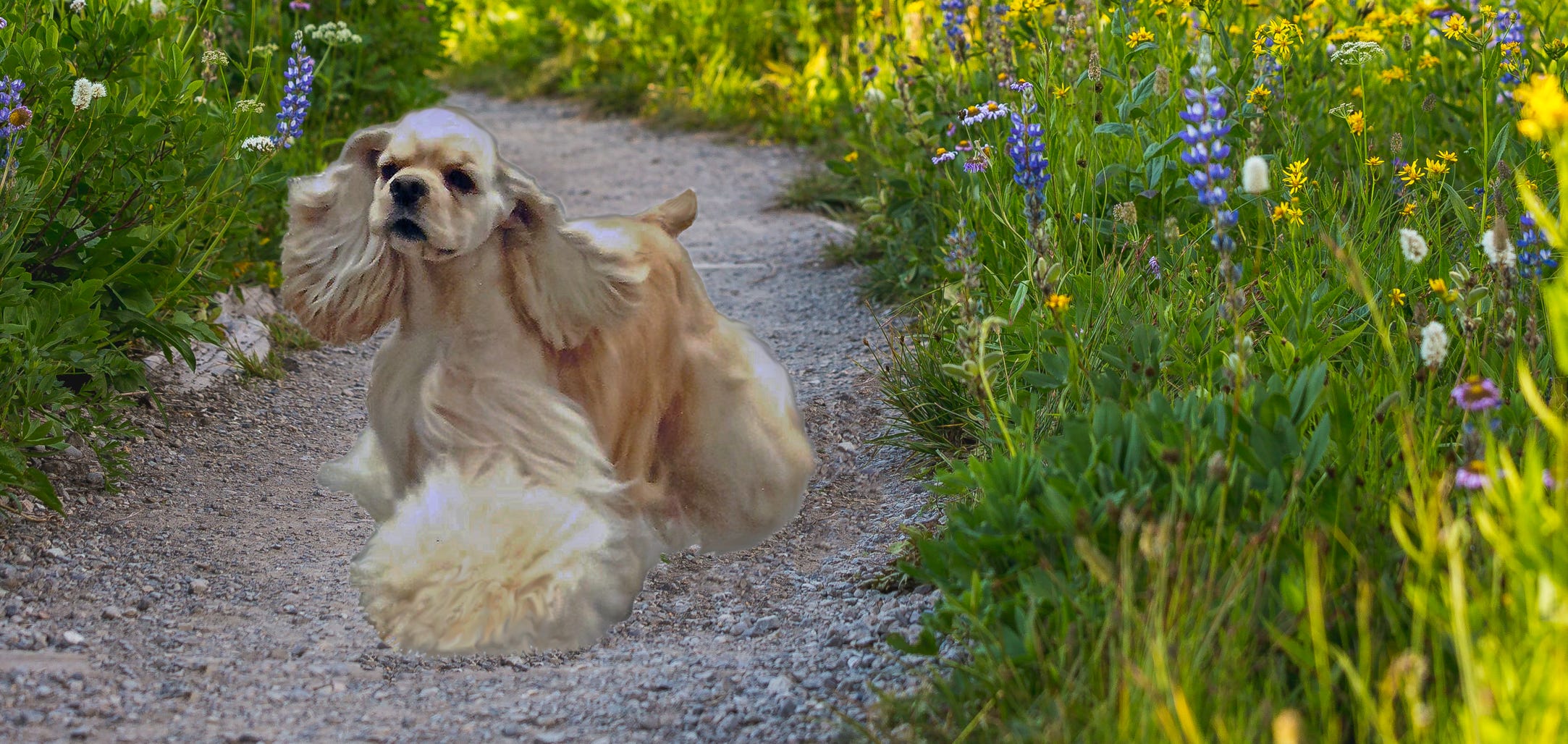
KEY TO THE PUZZLE!

Lorem ipsum dolor sit
UP YOUR DOG SHOW GAME

KEY TO THE PUZZLE!

Lorem ipsum dolor sit
UP YOUR DOG SHOW GAME
Structure & Locomotion
by Ann Seranne
Like love and marriage, structure and locomotion "go together" and cannot be divorced from each other. A study of both is essential for every dog breeder and for every judge.
Just as the artist or sculptor needs knowledge of anatomy in order to sketch or sculpt the human body, so must the breeder or judge know what lies beneath the skin and coat to be able to evaluate the true quality of a dog.
To move properly a dog must be built correctly, and the functional principles of a dog's structure remain the same whether the breed is the diminutive Yorkshire Terrier or the giant Irish Wolfhound. Each has the same number of bones and muscles, and the way these parts fit together remains the same for all breeds. When a dog is correctly built, its movement will be smooth, graceful and efficient.
The skeletal system of a dog is divided into two general parts: One is the axial skeleton consisting of the skull, spine, sternum, ribs and pelvis. These are the bones that protect the vital organs. Two is the appendicular skeleton composed of the shoulder blades, forelegs and hindlegs.
It's not necessary to memorize all the medical terms of the bones in a dog's body. Leave that to your veterinarian. But it is important to be familiar with common terms such as patella, croup, pastern, stifle, and hock and to understand such "doggie" expressions as cow-hocked, splay-footed, reach of neck, out at the elbow, roach backed and so on.
In the front assembly, the shoulder blade or scapula is a focal point, and no dog can be better than the set of this bone. Since it is not possible to measure the angles and lengths of bones and joints in a live dog with scientific accuracy, the term generally used to describe optimum slant of the shoulder is "good layback.”
A good shoulder, together with an upper arm correctly positioned against the chest wall, should function like a smooth, shock-absorbing mechanism as it accepts thrust from the rear quarters and lifts and carries the body forward.
What many of us fail to realize is that the shoulder blade is quite a mobile bone, attached to the rib cage only by muscle. In motion it glides up, forward and slightly inward as its upper tip pivots in elliptical fashion against the withers.
Shoulder assemblies vary in different types of dogs, with consequent varying styles of gait. In any dog, however, a correctly positioned scapula contributes to topline and good head carriage, giving the neckline a pleasing transition into the withers, and breadth and strength to the forequarters.
When watching any dog move, whether a Working dog or a Toy, keep your eye on the withers. They tell a lot. You will never, or should never, see a top-winning dog with withers that rise and fall abruptly as it moves. If they do, that dog is poorly structured.
The rear assembly of a dog supports its body and supplies the drive in motion. A pelvis that slopes at a 30-degree angle to the spine permits greater efficiency of stride than any other angulation of this assembly.
A Good Eye and a Gentle Hand
No matter how many books you read and how much technical information you amass, your study must go hand-in-hand with practical experience or it will be of little use to you. Your hands must be able to tell you how a dog is built.
Your eye must be trained to confirm the findings of your hands as you watch the dog standing stationary before you and in motion, and to quickly evaluate its general condition, characteristics and type.
Hands need not be rough. You can outline the slope of a shoulder blade or pelvis, determine the angulation of a stifle, the straightness of a leg more accurately with a gentle finger than with the entire hand. Try pressing your hand hard against your jaw bone, then run the tip of your finger gently around its perimeter.
Which touch tells you more about the formation of your jaw? In the same way, a light touch will tell you more about your dog than a rough, sometimes hurtful one.
The eyes and hands of a judge in the show ring should do their best to seek out the virtues of a dog, but it is up to the eyes and hands of the breeder to find the faults of the dogs in his kennel and then set about eliminating them from his breeding program.
The above portions are from an article titled,
“The Joy of Breeding Your Own Show Dog” by Ann Seranne.

SHARE US ON FACEBOOK